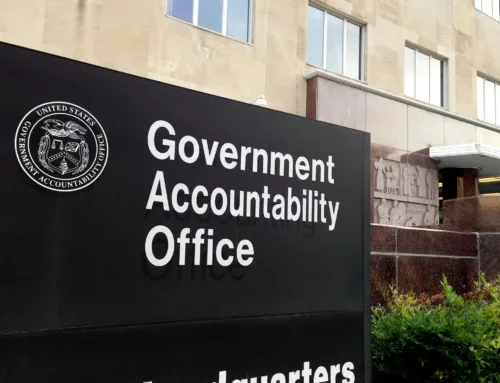The release of the Defense Department's long-promised strategy review yesterday was underwhelming for budget-watchers. The purpose of the review, requested by President Barack Obama last year, was to avoid the appearance of the military bowing to the bean-counters. Defense Secretary Leon Panetta and new Joint Chiefs of Staff Chairman Martin Dempsey took pains to point out that DOD would have revamped its core strategy anyway in light of recent events like the withdrawal from Iraq.
The good news is that, while reading between the lines, meaningful shifts were revealed. First of all, President Obama—in a rare public appearance at the Pentagon—admitted “over the next ten years, the growth in the defense budget will slow, but the fact of the matter is…it will still grow.” This is a change from the loud whining about “cuts” we have been hearing from defense and Congressional officials. Second, Panetta echoed former JCS Chairman Adm. Mike Mullen in calling the debt our largest national security threat. Finally, by acknowledging the review “responds to the new fiscal environment,” Dempsey validated what many analysts have long struggled to remind hungry hawks: good strategy must factor in resource constraints.
Sadly and unsurprisingly, the briefing and accompanying guidance document were long on descriptions of all the things the military will do but short on specifics of what it will drop. Panetta and Dempsey refused to name programs that will be axed in the upcoming FY13 budget request. But like a trail of breadcrumbs in the forest, they dropped hints of where the strategy might lead come budget time. Pleasantly, the reductions they alluded to square with at least some of the national security savings recommendations TCS released last year. For example:
- Nuclear weapons: The strategic guidance document said “it is possible that our deterrence goals can be achieved with a smaller nuclear force, which would reduce the number of nuclear weapons in our inventory as well as their role in U.S. national security strategy.” We found $37 billion worth of savings in the nuclear weapons complex, such as downblending and selling highly enriched uranium and stopping construction of unneeded nuclear facilities in New Mexico, Tennessee, and South Carolina.
- Overseas bases: “With reduced resources, thoughtful choices will need to be made regarding the location and frequency of these operations,” according to the guidance. We called for withdrawing 20,000 troops from Europe, capping U.S. military presence there at 35,000 troops and reducing force structure accordingly, saving $30 billion.
- Efficiencies and reducing “the cost of doing business”: DOD hopes to reduce manpower costs and reform (quietly) health care and compensation systems. Numerous studies have found that reforming Tricare, DOD's health care system, would produce billions in savings, and we joined former Defense Secretary Robert Gates in endorsing a recent Pentagon review of military compensation, saving $60 billion. Even more savings would result from cutting the pool of Pentagon service contractors that has ballooned in recent years; just a 15 percent reduction would produce some $300 billion in savings.
While this review marks an important change within the Pentagon, the $450 billion in savings it proposes should be viewed as a starting point. TCS found nearly $600 billion in savings, which demonstrates DOD can go further. Considering how much waste remains in the Pentagon—and how the new strategy will get curdled by Congress—Panetta should pursue this new path but think about taking the belt in just another notch or two.
###
TCS Quote of the Week
“With record deficits and a ballooning national debt, it was ludicrous to expect taxpayers to pay billions to prop up a mature industry that should be able to fend for itself.” — Rep. Jeff Flake (R-AZ) said of the December 31st, 2011 Volumetric Ethanol Excise Tax Credit expiration. (New York Times)










